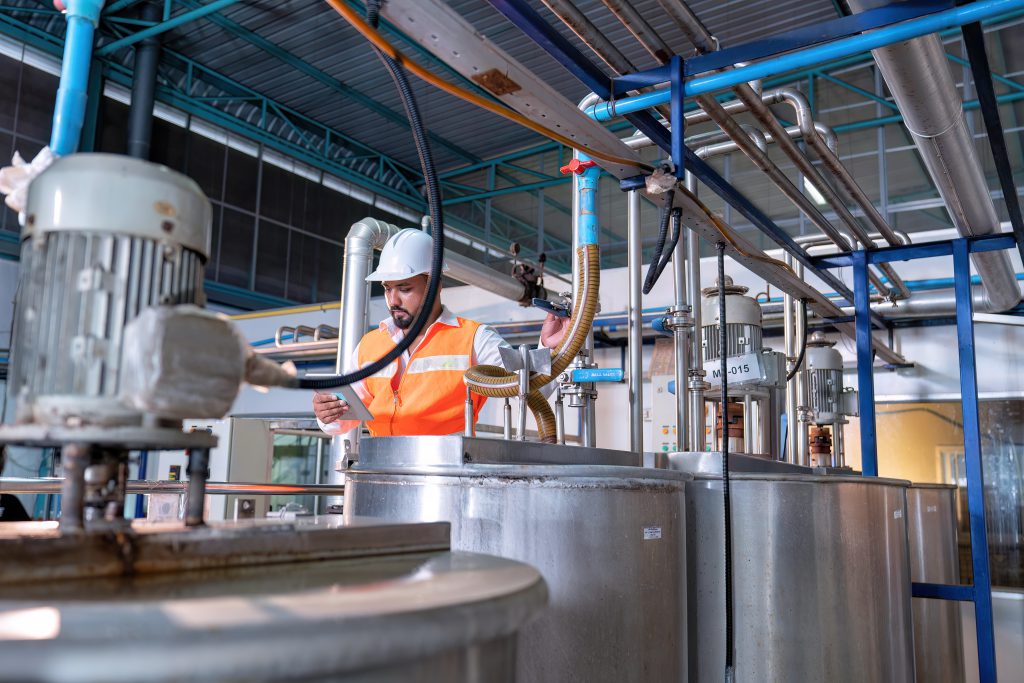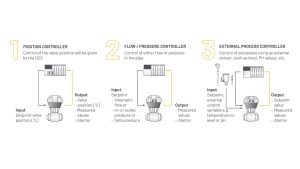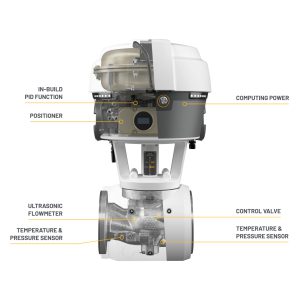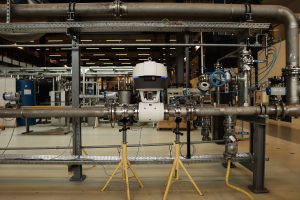


George Borst
Business Development Lead
August 13, 2024
In the process industries unplanned downtime is every plant manager’s nightmare. The fear of halted production, missed deadlines, and the cascading costs that follow can keep even the most seasoned professionals up at night. But achieving zero downtime often feels like an elusive target, with human errors, equipment failures, and resource shortages lurking around every corner.
This blog delves into smart strategies that can help you turn that goal into reality, providing actionable insights to minimize disruptions and keep your operations running smoothly.
Understanding Downtime in Process Industries
Downtime refers to periods when a system, machine, or piece of equipment is not operational or productive. In process industries—such as chemicals, petrochemicals, pharmaceuticals, and food and beverages—downtime can be particularly harmful due to the continuous nature of production processes. Maintaining continuous operations is vital for efficiency and profitability. There are two types: Planned and unplanned.
Types of Downtime
- Planned Downtime: Includes scheduled maintenance, upgrades, and inspections. Although necessary, it needs effective management to minimize its impact.
- Unplanned Downtime: Often more disruptive and costly, resulting from equipment failures, power outages, or unexpected incidents.
The Importance of Continuous Operations
In the process industry, continuous operations ensure that production processes run smoothly without interruptions. Efficient and uninterrupted production leads to higher profitability and better resource utilization.
Downtime, whether planned or unplanned, can have significant financial and operational impacts. While planned downtime includes scheduled maintenance, upgrades, and inspections, it still needs effective management to minimize its impact. Unplanned downtime, often more disruptive and costly, results from equipment failures, power outages, or unexpected incidents.
Impact of Downtime
- Missed Deliveries: Disruptions can result in failing to meet customer deadlines.
- Product Quality Issues: Interruptions may affect the consistency and quality of products.
- Safety Risks: Unplanned downtimes can lead to hazardous situations.
- Financial Losses: Includes lost production time, costly repair crews, unplanned maintenance, and wasted products.
For example, in the steel industry, incorrect timing or valve failure during cooling can cause significant delays and costs.

Common Causes of Downtime in Process Industries
Human Factors
- Operator Error: Mistakes made by operators during production.
- Insufficient Training: Lack of proper training for operators and maintenance staff.
Equipment Failure
- Mechanical Breakdown: Wear and tear of mechanical components like pumps, valves, and conveyors.
- Electrical Issues: Problems with electrical systems, including short circuits or power surges.
- Instrumentation Failure: Malfunctioning sensors or control instruments disrupting processes.
Resource Shortages
- Lack of raw materials.
- Insufficient personnel.
- Power outages.
Strategies for Eliminating Downtime
Reducing downtime in the process industry requires a combination of predictive maintenance, thorough training, process optimization, and data-driven insights.
Predictive and Preventive Maintenance
- Predictive Maintenance uses data analytics and IoT sensors to monitor equipment health and predict failures before they happen. This proactive approach allows for timely interventions, reducing unexpected breakdowns.
- Preventive Maintenance involves scheduling regular maintenance tasks to keep equipment in optimal condition, preventing issues that could lead to downtime.
Training and Development
Process Optimization
- Standard Operating Procedures (SOPs): Develop, implement, and enforce SOPs to ensure consistency and reduce the likelihood of errors during operations.
- Redundant Systems: Implement redundancy for critical systems and components to ensure continuous operation in case of failures.
- Regular Inspections: Conduct frequent inspections of infrastructure and utilities to identify potential issues early and address them proactively.
Future-Proofing with Data
Using data about equipment status provides valuable insights for resource allocation and quick problem resolution. Indicative data helps prevent problems before they happen, reducing the risk of downtime. Data-driven insights allow for better planning and maintenance, ensuring continuous and efficient operations.
Leveraging Digital Twins
- Digital twins provide a virtual replica of physical assets, allowing for real-time monitoring and analysis. This technology helps detect anomalies and potential failures before they occur, ensuring swift corrective actions.
- By simulating different scenarios, digital twins enable operators to predict outcomes and make informed decisions, optimizing process performance and reducing the risk of downtime.
- Digital twins also can forecast when equipment will require maintenance based on its current state and usage patterns, allowing for more accurate and efficient maintenance planning. Focus-1 is equipped with a digital twin.
Practical Example: Eliminating Downtime with Focus-On
Steel Industry Case Study
A steel customer faced issues with valves lacking indication of air pressure loss due to actuator membrane breaks. Air actuators are crucial for high-speed cooling and valve control. By replacing traditional valves with FOCUS-1, the customer gained the fastest valve for the application. They receive alarms for potential problems, allowing direct resolution with stocked parts. The integrated wear and tear feature of FOCUS-1 enables predictive maintenance. The customer knows exactly when the valve needs parts replacement during planned stops, avoiding unplanned downtime.
Flow indication is crucial for ensuring correct cooling. The integrated digital twin of FOCUS-1 provides a backup flow meter, ensuring continuous operation without missing data points. By year-end, a health dashboard will be provided to monitor baseline performance and improve maintenance intervals. Inline zero calibration for pressure and flow sensors will be introduced to maintain high accuracy.
Conclusion
Implementing smart strategies like predictive and preventive maintenance, comprehensive training, process optimization, and leveraging advanced technologies like FOCUS-1 can significantly reduce downtime in process industries. Continuous operations not only enhance efficiency and profitability but also ensure a safer and more reliable production environment. For more insights on process optimization, explore our related blogs on process simplification and smart meter valves.






